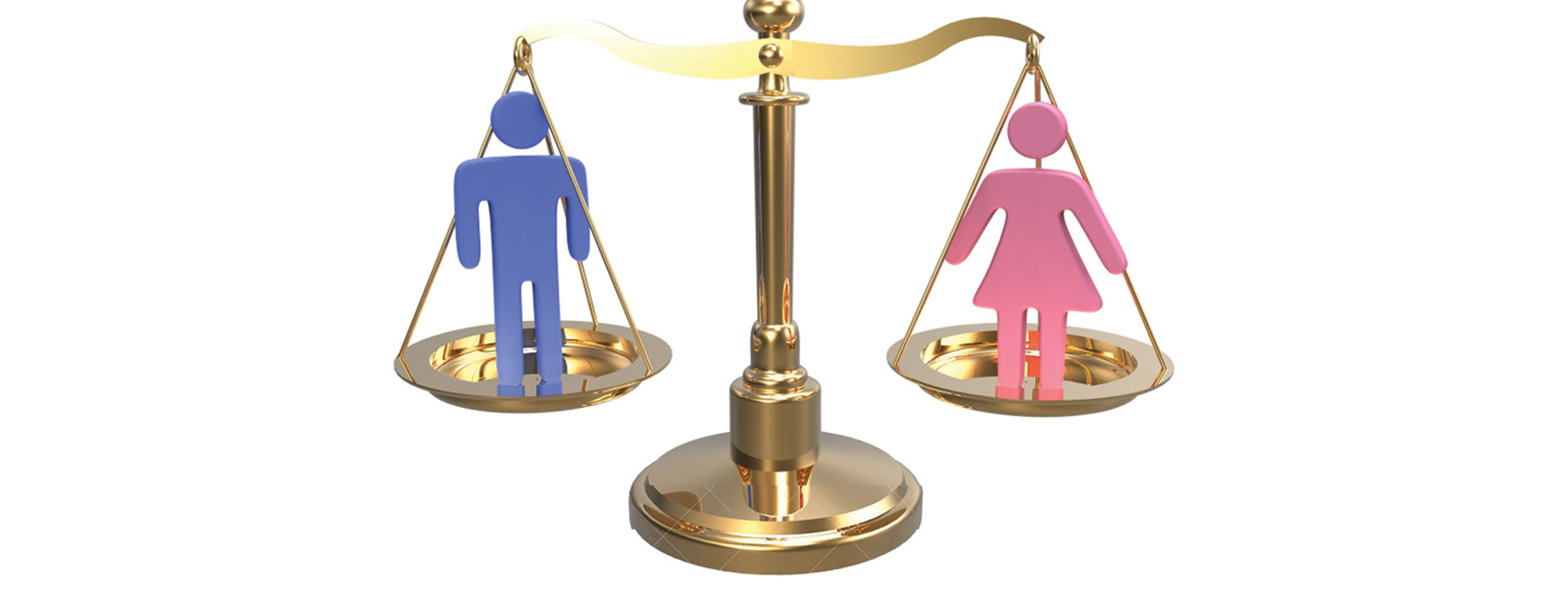.
The status of a woman in Zoroastrian society has always been highly emancipated and elevated. In fact, a fundamental precept of the Zoroastrian religion is gender parity or equality. Men and women are treated as equal and our history is replete with examples of women who were trained like men to ride a horse and use weapons, fight in battles and even rule as monarchs of ancient Iran. Even today, Parsis rejoice at the birth of a girl-child with the same gusto as they do, a boy. Boys and girls are equally encouraged to pursue higher studies and attain professional excellence.
The position that women hold in society is an important indicator in determining the socio-economic health of that particular society. In the Avesta, man is addressed as Nmano pati which means ‘Lord of the House’ and woman as Nmano pathni which means ‘Lady of the House’, with both playing different, yet complementing roles, at an equitable position. The status of a wife in a Zoroastrian household is at par with that of her husband.
During the Sasanid era, women were highly liberated as indeed they are even today, with the right to hold property and represent or defend herself before a judge in court. Women also enjoyed the freedom to choose their own life-partners, and widows could remarry. A Pahlavi text by the title Madigan-i-Hazar Datistan (the Digest of a Thousand Points of Law) deals exhaustively with the rights of a woman in her role as mother, wife and daughter.
Noted Zoroastrian scholar Dr. I J S Taraporewala, whose translation of the Gathas is still considered the most lucid, states, “It is rather remarkable that three out of the six Holy Immortals should represent the masculine aspects of God and the other three the feminine aspect. This is but one of the many hints we get in Zoroaster’s religion of the absolute equality of the sexes.”
Dr. Taraporewala speaks of the Six Amesha Spentas. The Amesha Spentas represent, at one level a Divine quality of Ahura Mazda, and at another, the guardian of a good creation. Take a close look at this table:
While the first three (Bahman, Ardibehesht and Shehrevar) represent Ahura Mazda’s Masculine aspects, the other three (Spendarmad, Khordad and Amardad) represent His feminine characteristics. Once again, the ratio of masculine to feminine attributes is equal. The feminine qualities of piety, perfection and eternity attributed to the Supreme Divinity are so apt!
Even after their arrival in India, Parsi women have demonstrated their grit and valour. The battle of Variav is a classic example. The Parsis who had settled in Gujarat after fleeing from Iran had grown prosperous by dint of their hard work. However, towards the end of the eleventh century the Raja of Ratanpur (probably a local chieftain) began to demand unreasonable tribute from the Parsi farmers on account of their prosperity. When the Raja first sent his troops, the Parsis put up a fight and made them beat a hasty retreat. Later, the Raja sent his troops again, this time cunningly, when all the Parsi men were away in Tena (near Surat) to celebrate the Gambhar feast. As the Raja’s troops began to gather outside the village, the brave Parsi women of Variav decided not to give up without a fight. Putting on the clothes and armour of their men folk and tucking their long hair under battle helmets, the women made the troops beat a hasty retreat yet again, but, at which point the helmet fell off the head of one woman and the troops decided to turn around and fight even more fiercely. When the women grew tired and hope of victory seemed impossible, they decided to fling themselves and drown in the Tapti River, preferring death to dishonor.
Parsi women have left their mark of excellence in varied fields. Madam Bhikhaiji Cama was a spirited revolutionary who unfurled a flag in Germany, which was to later become the Indian National flag with a few modifications; while Lady Sakarbai Petit gave Mumbai its first veterinary hospital. While Cornelia Sorabji was the first Indian female barrister and fought relentlessly for the rights of women and orphans, Bachubai Moos, with the support of her father Ardeshir, founded the Girton High School for girls.
In Zoroastrian tradition, a woman is as much a Rathestrar (a soldier against the forces of evil) as a man. Zoroastrian women have proved their leadership qualities throughout history, both, in Iran as well as after their arrival in India and later Diasporas. Hence, it is but rightly, that we pray in the Yasna Haptanghaiti, “May a good ruler, man or woman, rule over us in both the (spiritual and physical) realms!”
Happy Woman’s Day!
- Celebrating The Interplay Of Life And Fire! - 20 April2024
- Customs To Observe At Atash Behram Or Agyari - 13 April2024
- A Shower Of Spring Festivals - 6 April2024
